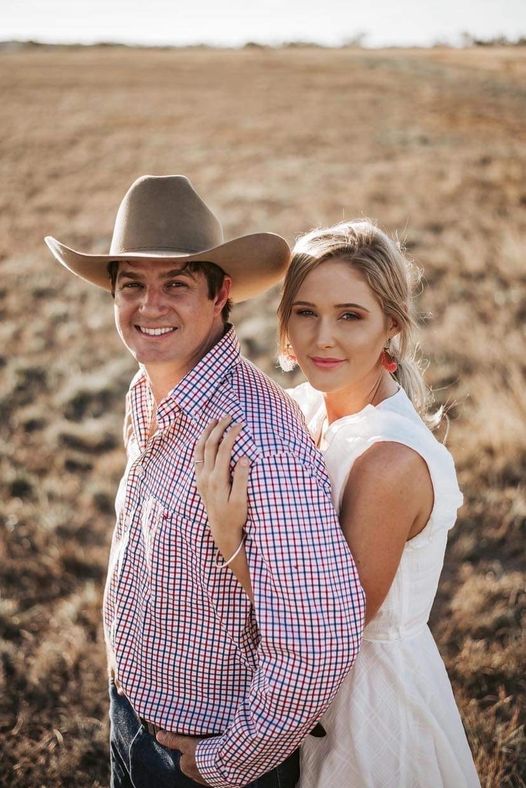
01 Aug GOVTS HAVE BLOOD ON HANDS WITH DONOR RESTRICTIONS
Katter’s Australian Party Leader and Traeger MP Robbie Katter is calling on both governments to loosen life-threatening limits on already stretched blood, stem cell and bone marrow donations, brought to light by the plight of a young North Queensland woman with acute leukaemia.
The Charters Towers community has rallied fiercely behind 28-year-old newlywed Bonnie Black, who was diagnosed with an aggressive form of Acute Lymphoblastic Leukaemia in May, fundraising more than $40,000.
However, the roadblocks the supporters have hit were gobsmacking, Mr Katter said.
“While there are 407 donor centres in Queensland – about a quarter of which are in the Brisbane region – there are only three centres north of Rockhampton.
“People in Charters Towers have to travel three hours to and from Townsville just to go to a centre with limited plasma-only donation options.”
Bonnie Black’s supporters also tried to access national register Strength to Give, which recruited peripheral blood stem cells or bone marrow donors through cheek swabs via post, but outrageous government constraints had stunted its reach.
The registry’s recruitment was limited to only the 6,000 donors signed up to the Australian Red Cross Lifeblood each year – a fraction of the registry’s required 25,000 donors a year – and existing funds were locked up by government.
Mr Katter’s office was informed that existing funds for cheek swab recruitment were not accessible due to federally-imposed contractual constraints on the Australian Bone Marrow Donor Registry, and that the contract needed to be amended federally and then approved by each State.
It meant that about 80 per cent of transplant patients – mostly leukaemia sufferers – were forced to find an overseas donor, which was an increasingly vulnerable process since the pandemic.
“It is a travesty that critically-ill Queenslanders like Bonnie and their family and friends are missing out on potentially life-saving donations simply because both governments have not given a critical service permission to operate to full capacity,” Mr Katter said.
“We need immediate change at both state and national levels to ensure governments are working together to streamline processes and unlock the maximum potential of stem cell and bone marrow donation services to meet Australia’s critical demand.”
The situation was further intensified by plummeting blood stocks from the COVID pandemic and flu season, compounded by the Townsville Red Cross Lifeblood donor centre’s limit to plasma-only donations, which KAP Deputy Leader and Hinchinbrook MP Nick Dametto challenged.
Mr Dametto recently called on the Queensland and Federal Governments to fund a second donor centre in the Townsville CBD as well as reinstate mobile donation vans for regional communities.
“The depth of the rural healthcare crisis and inadequate services for people in the bush continues to astound me,” Mr Katter said.
“People from western towns are often forced to travel to and from Townsville to access life-saving health services, and now Townsville has lost some of its services while Brisbane almost has a donor centre on every corner.”
Meanwhile, Lifeblood’s demand for blood was soaring.
Older Australians were being asked to sign up as donors amid pressured blood stocks, with COVID-infected donors not able to give blood until a week after symptoms had stopped.
Lifeblood reportedly required about 18,000 blood donor appointments across Australia every week.
Bonnie Black was currently undergoing chemotherapy in Townsville, with hopes to travel to Brisbane for a bone marrow transplant in the future.
—ENDS—

Sorry, the comment form is closed at this time.